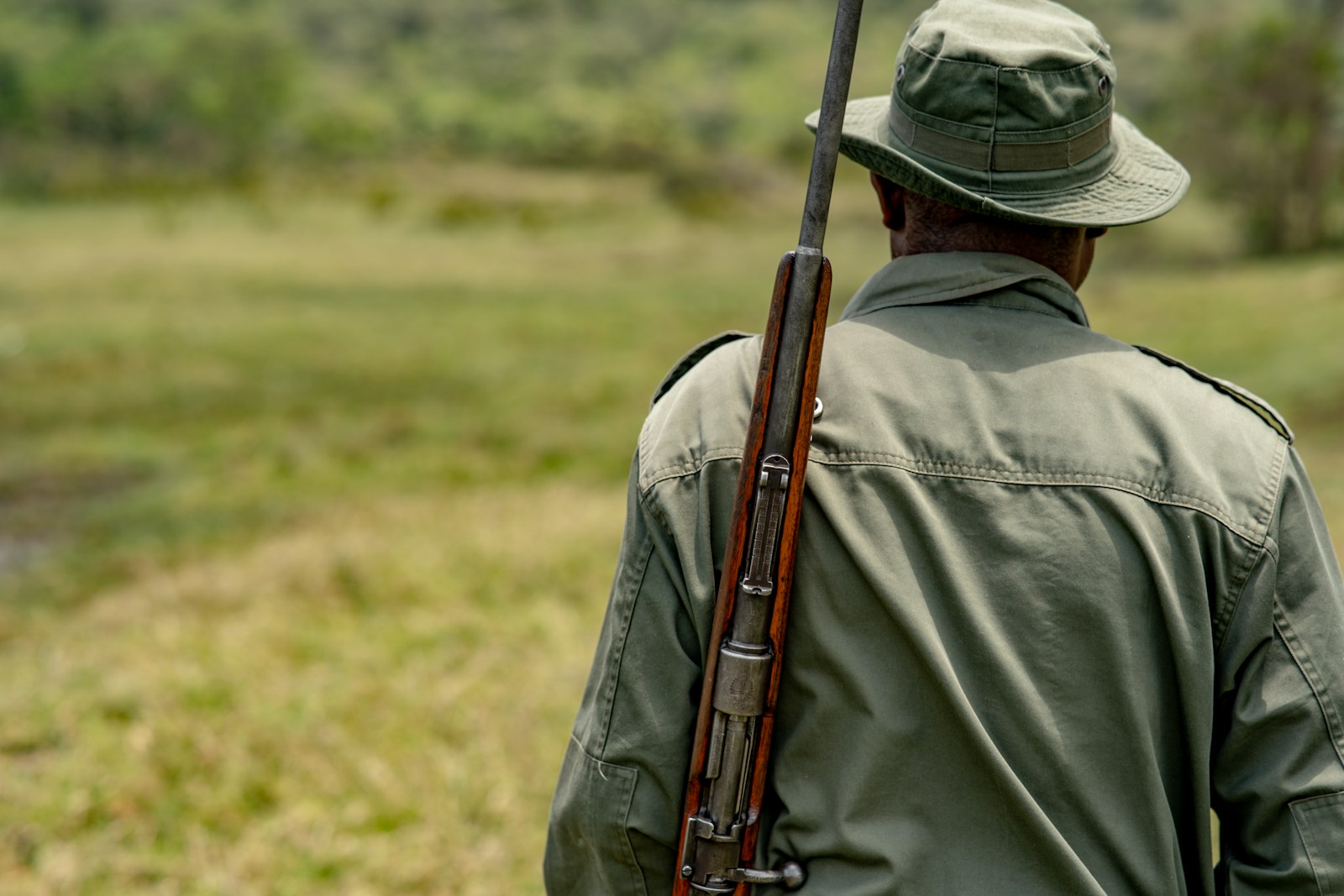In the vast wilderness of our national parks, a silent battle rages daily. Wildlife rangers stand as the frontline defenders in the fight against poaching, dedicating their lives to protecting vulnerable species from those who seek to profit from illegal hunting and trafficking. These brave men and women face dangerous conditions, resourceful criminals, and often limited resources in their mission to preserve biodiversity for future generations. Their work extends far beyond simple enforcement, encompassing community education, technological innovation, and international cooperation. As poaching threatens to push numerous species toward extinction, the role of rangers has never been more critical to conservation efforts worldwide. This article explores the multifaceted responsibilities of wildlife rangers and how their tireless efforts help stem the tide of wildlife crime in our most precious natural sanctuaries.
The Historical Evolution of Wildlife Rangers
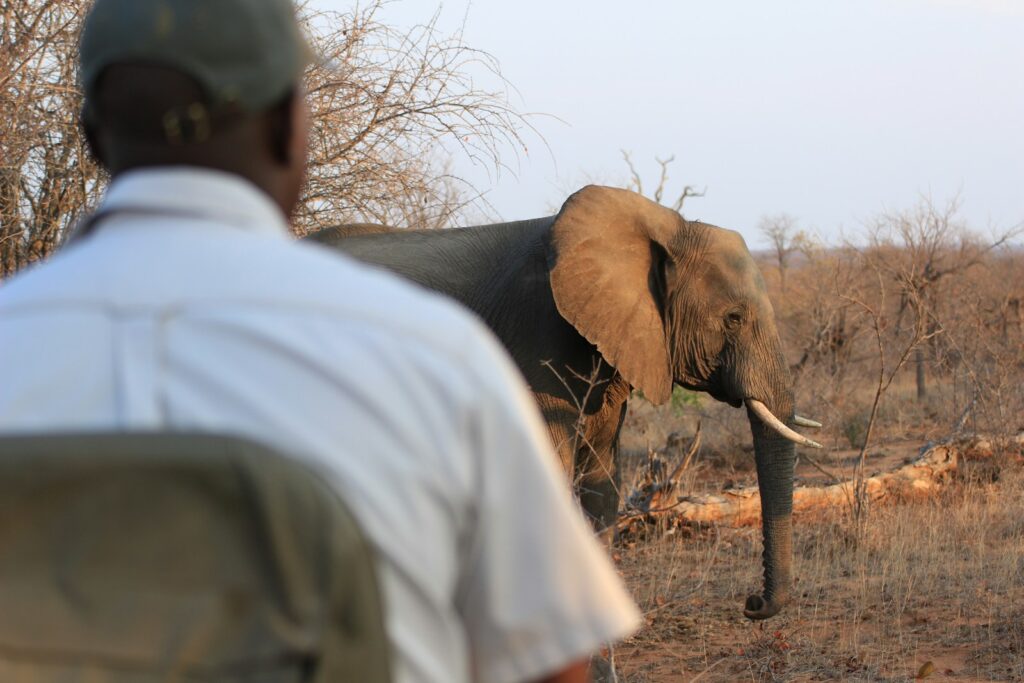
The concept of wildlife rangers dates back to the early days of national park establishment, with Yellowstone’s first guardians appointed in the late 1800s to protect the park’s natural resources from exploitation. Initially, these early rangers functioned primarily as wilderness guides and facility maintenance workers, with limited focus on wildlife protection specifically. By the mid-20th century, as threats to wildlife became more organized and commercial in nature, the role evolved to include dedicated anti-poaching efforts. The modern wildlife ranger emerged in response to the poaching crisis of the 1970s and 1980s, when elephant and rhino populations plummeted due to demand for ivory and horn. Today’s rangers represent the culmination of this evolution—highly trained conservation professionals equipped with specialized skills in tracking, intelligence gathering, and wildlife management.
Understanding the Poaching Crisis
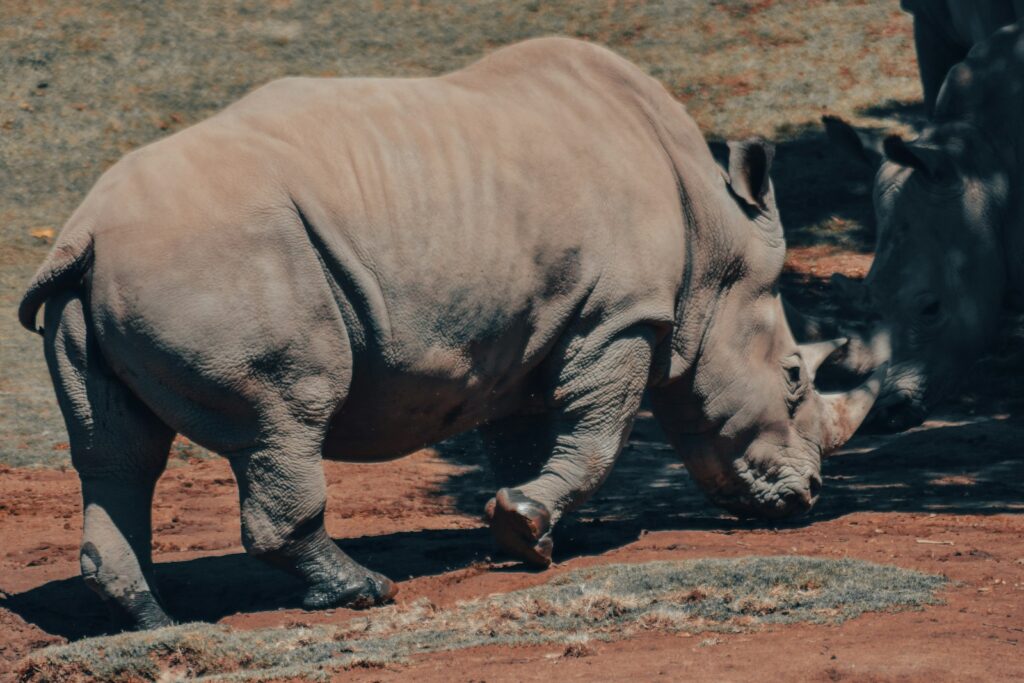
Wildlife poaching represents a multi-billion dollar criminal industry that threatens biodiversity on a global scale, with profits often rivaling those of drug and human trafficking networks. Driven primarily by demand for traditional medicines, exotic pets, and luxury products, poachers target specific high-value species such as elephants, rhinos, tigers, and pangolins, pushing many to the brink of extinction. The crisis has intensified in recent decades as sophisticated criminal syndicates have entered the trade, employing advanced technologies and exploiting poverty in communities surrounding protected areas to recruit local poachers. Beyond the immediate loss of individual animals, poaching disrupts entire ecosystems by removing keystone species that maintain habitat balance and biodiversity. The economic impact extends to tourism revenue losses in affected regions, creating a vicious cycle where decreased funding further hampers conservation efforts.
Core Responsibilities of Wildlife Rangers
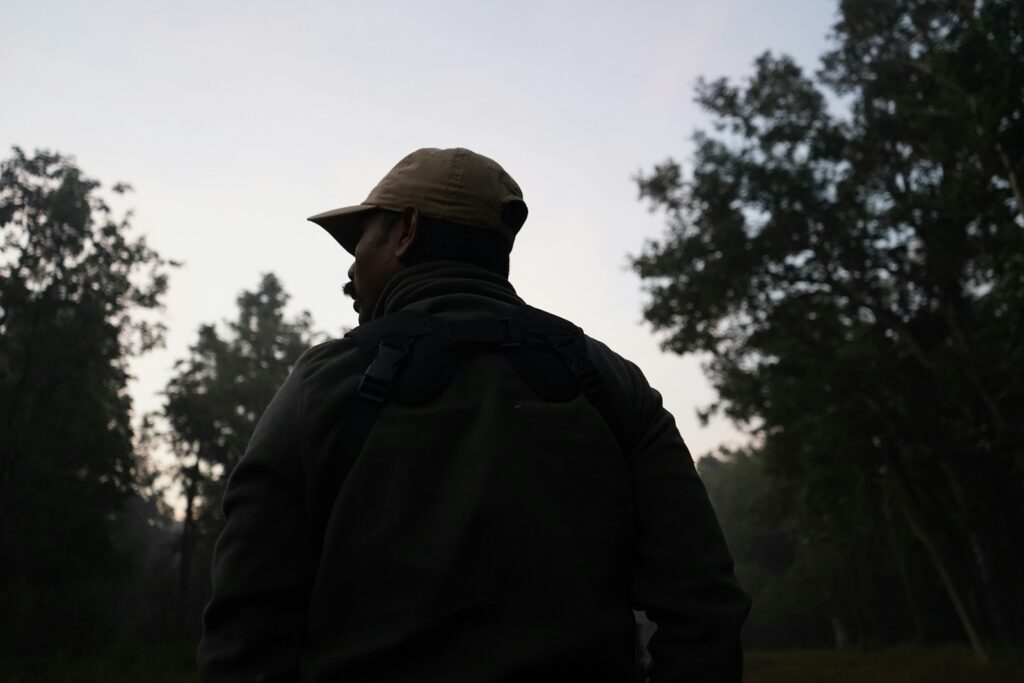
Wildlife rangers shoulder a diverse array of responsibilities in their mission to protect park ecosystems and wildlife. Patrol duties form the cornerstone of their work, with rangers conducting regular surveillance through difficult terrain to detect and deter poachers before they strike. Intelligence gathering constitutes another crucial component, as rangers collect information from local communities, track animal movements, and identify potential threats through various monitoring systems. Law enforcement represents the more confrontational aspect of ranger work, involving the apprehension of poachers, collection of evidence, and collaboration with legal authorities to prosecute wildlife crimes. Beyond these security functions, rangers often engage in wildlife monitoring and research, collecting vital data on animal populations, health conditions, and movement patterns that inform broader conservation strategies.
Ranger Training and Specialized Skills
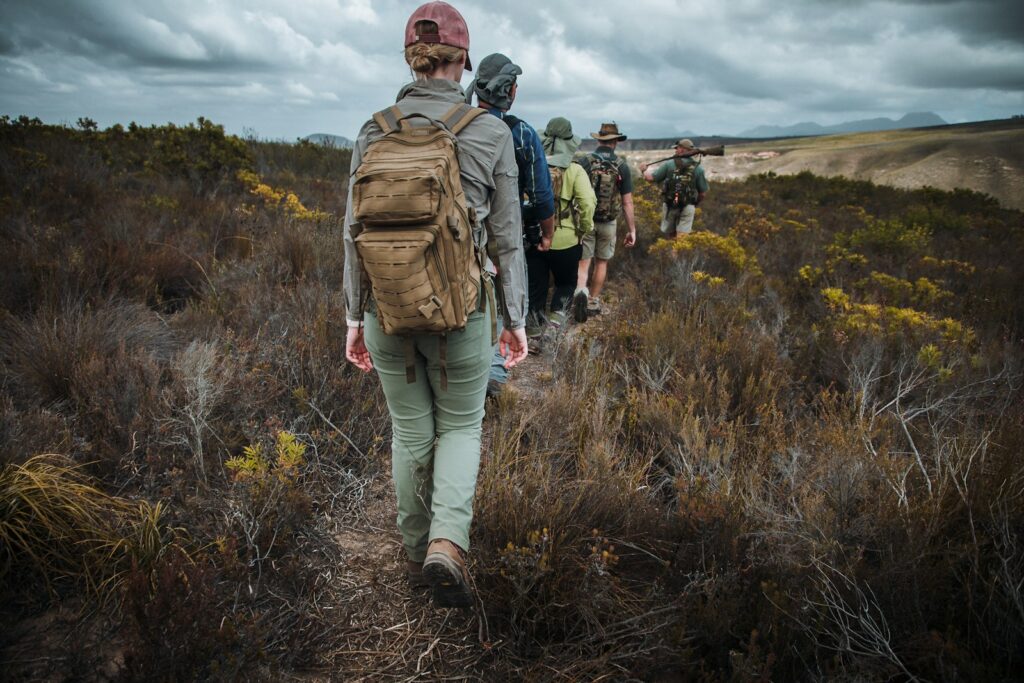
Modern wildlife rangers undergo rigorous and comprehensive training regimens that prepare them for the multifaceted challenges of conservation law enforcement. Tracking skills represent a fundamental component, with rangers learning to read subtle signs like footprints, broken vegetation, and other disturbances that indicate human or animal movement through the landscape. Survival training equips rangers to operate effectively in remote wilderness areas for extended periods, covering skills like navigation, first aid, water procurement, and emergency response protocols. Many rangers receive specialized tactical training similar to police or military personnel, including safe arrest procedures, evidence handling, and in some high-risk areas, armed response techniques for self-defense against armed poachers. Additionally, rangers develop expertise in wildlife identification, behavior interpretation, and ecological assessment to inform their protection strategies and research contributions.
Technology in Anti-Poaching Operations

The fight against wildlife poaching has evolved dramatically with the incorporation of cutting-edge technologies that expand ranger capabilities. Drone surveillance has revolutionized monitoring operations, allowing rangers to cover vast territories efficiently and detect poaching activities from the air without alerting perpetrators to their presence. Camera trap networks provide continuous surveillance throughout protected areas, capturing photographic evidence of both wildlife movements and human intrusions that help rangers identify poaching patterns. GPS tracking devices implanted in vulnerable animals like rhinos and elephants enable rangers to monitor their movements in real-time and respond rapidly if animals enter danger zones or show unusual behavior indicating a threat. Advanced communications systems, including satellite phones and radio networks, maintain critical connections between ranger teams operating in remote areas, facilitating coordinated responses to poaching incidents.
The Dangers Rangers Face
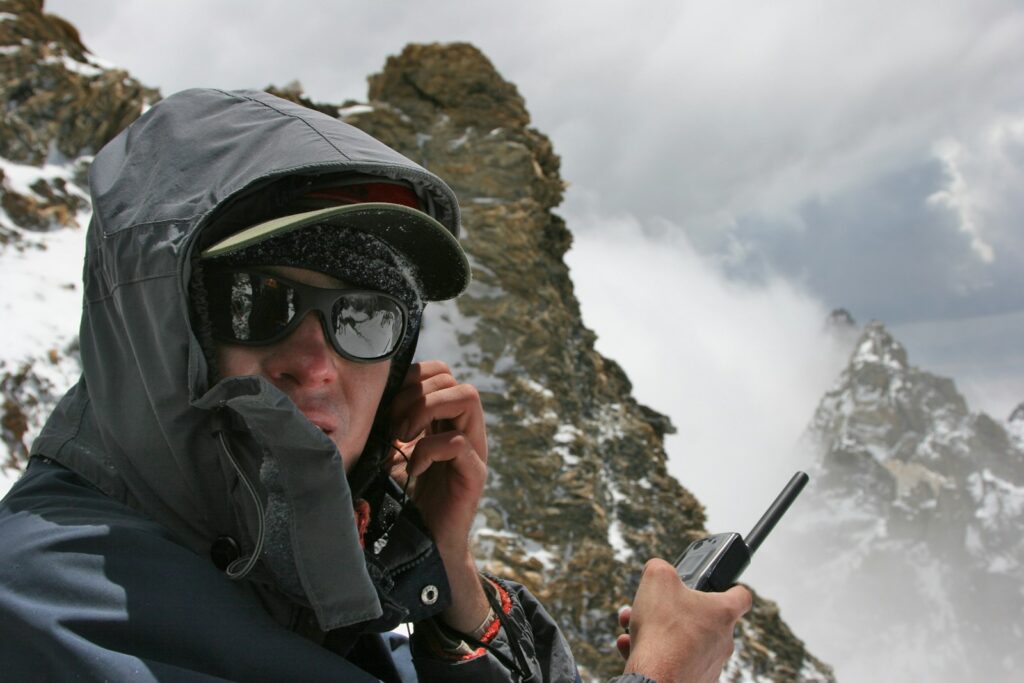
Wildlife rangers consistently rank among the most dangerous conservation professions, with numerous personnel killed in the line of duty each year across global protected areas. Armed confrontations with poachers represent the most direct threat, as criminal organizations increasingly militarize their operations with sophisticated weapons and tactical training to protect their valuable contraband. Beyond human threats, rangers routinely face natural dangers including attacks from the very animals they protect, with encounters with stressed or territorial elephants, buffalo, and big cats posing significant risks during patrols. Environmental hazards such as extreme weather conditions, treacherous terrain, and waterborne diseases compound these challenges, particularly in tropical regions where rangers may spend weeks in remote wilderness. Psychological stresses also take a toll, with many rangers experiencing trauma from violent encounters, separation from families during long deployments, and the emotional burden of witnessing wildlife destruction despite their best efforts.
Community-Based Conservation Approaches
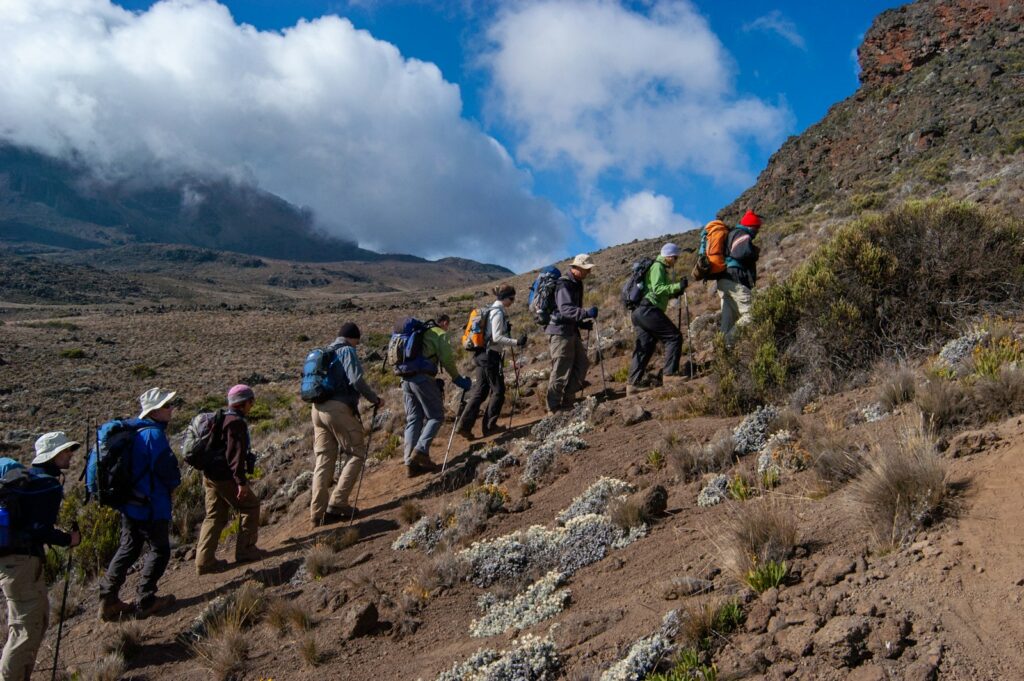
Forward-thinking ranger programs increasingly recognize that sustainable wildlife protection requires the support and participation of local communities surrounding protected areas. Community ranger initiatives recruit and train residents from adjacent villages, creating employment opportunities while leveraging indigenous knowledge of local ecosystems and tracking traditions that span generations. Education programs led by rangers in community schools and gatherings help cultivate conservation awareness and the economic value of living wildlife, gradually shifting cultural attitudes away from poaching as an acceptable livelihood. Alternative income projects, often facilitated through ranger-community partnerships, establish sustainable enterprises like ecotourism, handicrafts, or sustainable agriculture that provide economic alternatives to wildlife crime. By transforming local residents from potential poachers into conservation allies, these community-centered approaches create buffer zones of protection around parks that extend the effective reach of ranger forces.
International Cooperation in Anti-Poaching Efforts
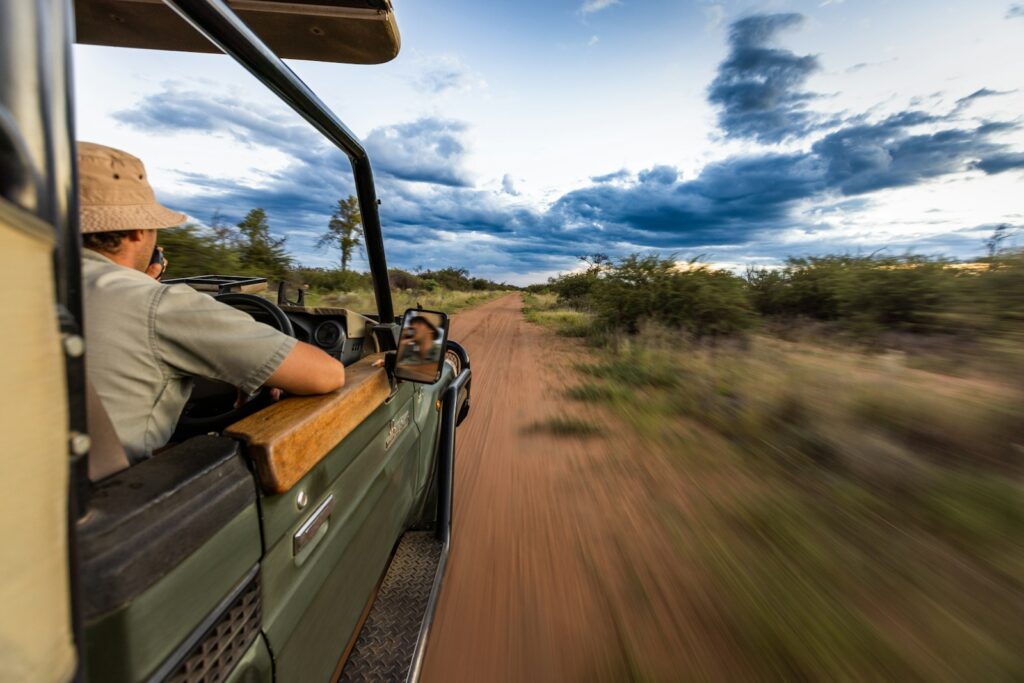
Wildlife trafficking represents a transboundary challenge that necessitates cooperation across national borders and jurisdictions to effectively combat organized poaching networks. Cross-border ranger collaborations have emerged in many regions, with coordinated patrols and information sharing between teams operating in adjacent protected areas across international boundaries. International law enforcement partnerships connect rangers with agencies like Interpol, customs authorities, and police forces to track wildlife products and apprehend trafficking kingpins beyond park boundaries. Conservation organizations including the World Wildlife Fund, African Wildlife Foundation, and others provide critical funding, equipment, and training support to ranger programs in resource-limited regions. Knowledge exchange platforms like the International Ranger Federation facilitate the sharing of best practices, technologies, and strategies between ranger forces worldwide, elevating the collective capacity to combat sophisticated poaching operations.
Measuring Success: Impact Assessment

Evaluating the effectiveness of ranger operations represents a complex but essential component of wildlife protection strategy development. Population monitoring of targeted species provides the most direct indicator of success, with stable or increasing numbers of vulnerable animals suggesting effective deterrence of poaching activities. Incident tracking metrics analyze patterns in poaching encounters, arrests, and contraband seizures to identify both improvements and emerging threats requiring attention. Community attitude surveys help assess the social impact of ranger programs, measuring shifts in local perceptions toward conservation and wildlife value over time. Economic indicators including tourism revenue, sustainable business development, and local employment in conservation-related fields offer broader measures of how effective protection creates positive development cycles in regions surrounding protected areas.
Ethical Considerations and Controversies
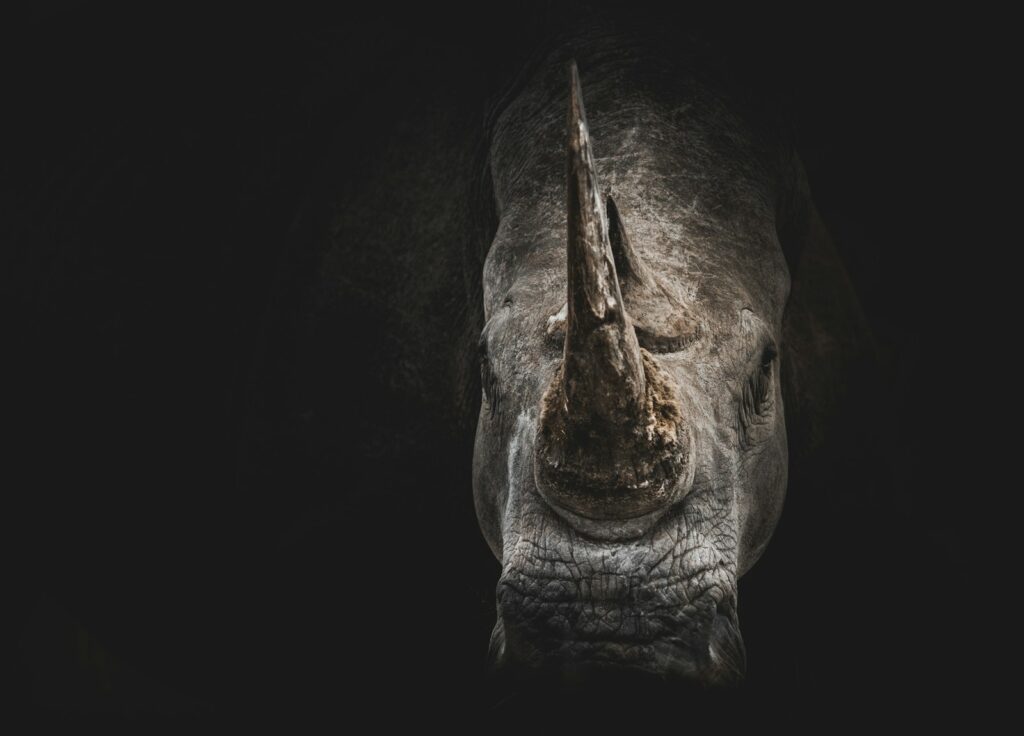
The militarization of conservation represents one of the most contentious aspects of modern anti-poaching efforts, with debates centering on the appropriate use of armed rangers and aggressive tactics to protect wildlife. Human rights concerns have emerged in some regions where allegations of ranger misconduct, including forced evictions of indigenous communities and extrajudicial punishment of suspected poachers, raise questions about balancing wildlife protection with social justice. Cultural sensitivity issues arise when conservation enforcement conflicts with traditional practices or subsistence hunting by communities with historical claims to protected territories. Finding ethical balance requires thoughtful policy development that distinguishes between commercial poaching networks and legitimate indigenous rights, while establishing transparent accountability systems for ranger operations that uphold both conservation goals and human dignity.
Funding Challenges and Resource Limitations
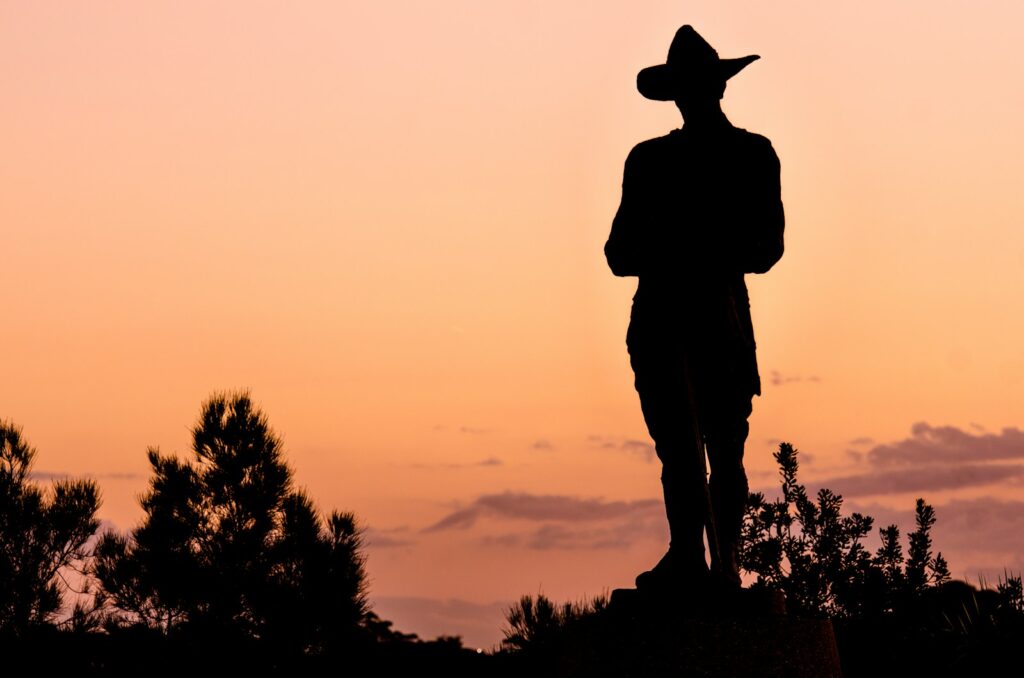
Despite their critical role in biodiversity protection, many ranger programs operate with severely constrained resources that limit their effectiveness against well-funded poaching operations. Budget shortfalls affect ranger forces worldwide, with inadequate funding for salaries often resulting in understaffing, low morale, and in some cases, vulnerability to bribery by wealthy trafficking networks. Equipment deficiencies compound these challenges, with rangers in many regions lacking basic necessities like appropriate footwear, weather protection, communications devices, and vehicles for effective patrol coverage. Infrastructure gaps, including insufficient outposts, monitoring stations, and transportation networks further undermine ranger capabilities, particularly in expansive protected areas. Innovative funding approaches including conservation tourism fees, public-private partnerships, and direct support programs like the Thin Green Line Foundation seek to address these resource challenges by creating sustainable financial mechanisms for ranger operations.
Future Directions in Ranger Operations
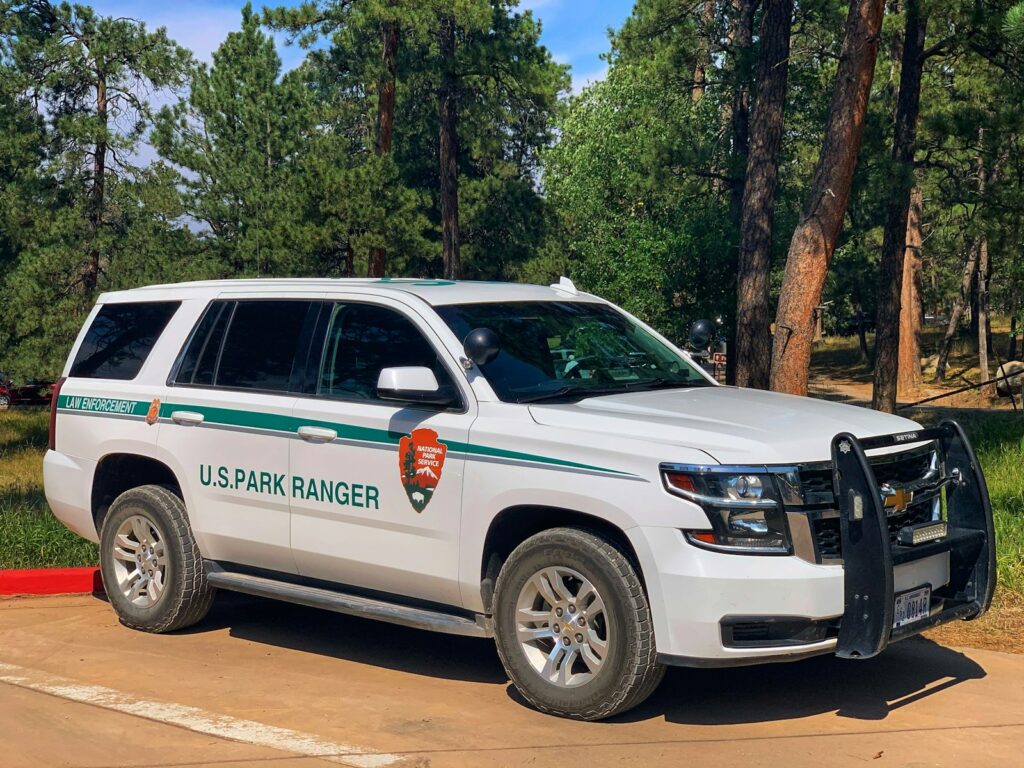
The evolution of wildlife protection continues as ranger programs adapt to changing threats and incorporate new approaches to conservation enforcement. Predictive analytics represents an emerging frontier, with data-driven models helping rangers anticipate poaching activities based on historical patterns, seasonal factors, and intelligence indicators for more strategic deployment of limited resources. Integration of indigenous knowledge systems with modern conservation science offers promising approaches that combine traditional ecological understanding with contemporary protection techniques. Career development pathways are expanding for rangers in many regions, with specialized tracks in areas like community engagement, technology operation, and leadership roles that create advancement opportunities and knowledge retention within ranger forces. As climate change impacts accelerate, ranger responsibilities are likely to evolve further to address new conservation challenges including habitat shifts, human-wildlife conflict management, and ecosystem resilience protection.
Success Stories: Rangers Making a Difference
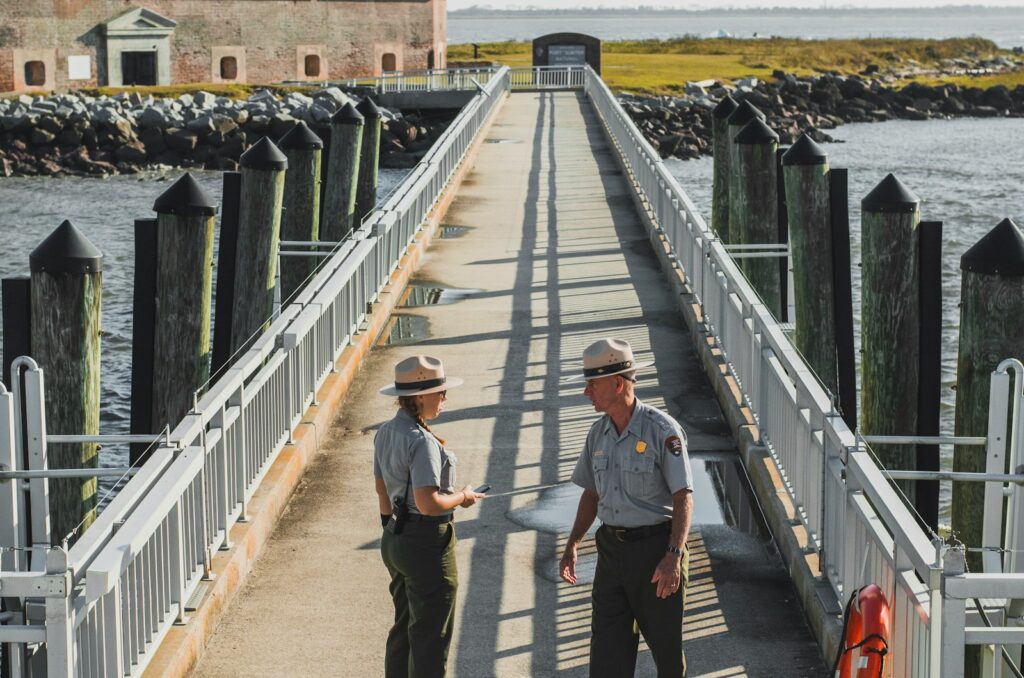
Amid the challenging landscape of wildlife protection, numerous success stories demonstrate the profound impact of dedicated ranger teams on conservation outcomes. Rwanda’s mountain gorilla protection program represents one of conservation’s most celebrated turnarounds, with ranger-led efforts helping the population rebound from fewer than 250 individuals in the 1980s to over 1,000 today, despite ongoing civil conflicts in the region. Nepal achieved a remarkable milestone with multiple zero-poaching years for rhinos, tigers, and elephants through its community-based anti-poaching strategy that combines professional ranger forces with local civilian support networks. Kenya’s innovative all-female ranger units, including the Team Lioness and Mara Elephant Project teams, have demonstrated outstanding success rates in both wildlife protection and community engagement, challenging gender stereotypes while achieving exceptional conservation results. These success stories not only highlight effective protection strategies but serve as powerful motivation for rangers and conservation supporters worldwide.
Conclusion

Wildlife rangers represent the indispensable human element in biodiversity conservation, standing as guardians between endangered species and the relentless forces of exploitation. Their evolving role combines traditional fieldcraft with modern technology, community engagement with tactical operations, and local knowledge with global cooperation. As poaching threats continue to adapt and intensify, the importance of supporting ranger programs through adequate funding, training, equipment, and recognition has never been more critical. Beyond the statistics of animals saved and poachers apprehended lies a profound truth: rangers embody humanity’s commitment to preserving our natural heritage against short-term exploitation. Their daily courage and dedication ensure that future generations will inherit a world still graced by the magnificent species that define our planet’s biodiversity—a legacy worth every sacrifice these conservation heroes make in protected areas around the world.

